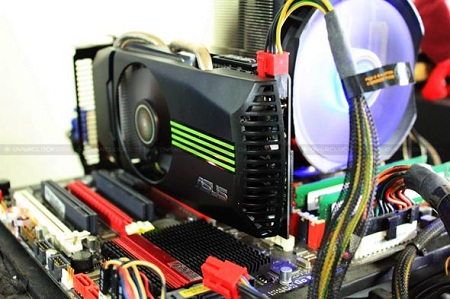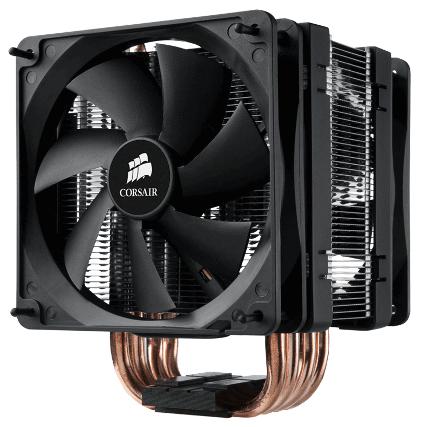The Eee 1215N, one of Asus’ innumerable Eee PC Seashell netbooks, is the first netbook we’ve seen with Intel’s new mobile dual-core Atom chips—it ships with the 1.8GHz Atom D525, 2GB of DDR3/800 RAM, and most importantly, Nvidia’s next-generation Ion graphics chipset and Optimus technology, which enables Ion when required and switches to Intel’s integrated UMA graphics when Ion isn’t necessary.
If you’ve seen any Asus netbook in the past few years, the 1215N offers few surprises, most of them welcome. At 11.6 inches across, 8 inches deep, and 1.4 inches thick, weighing 3lbs 4oz, it’s has the same height and depths as previous Ion netbooks, but it’s thinner. Like the last Ion Eee PC, the 1215N uses a full-sized chiclet-style keyboard, as well as a multitouch trackpad that sits flush with the wrist rest and has a single (right- and left-clickable) trackpad button. Unlike the 1201N, however, this year’s model swaps a glossy black fingerprint-magnet wrist rest for a slightly less grease-showing matte, and the grid-of-dimples trackpad for one delineated by metal insets. Unfortunately, the screen bezel and keyboard area (other than the keys themselves) remain glossy and smudge-friendly.
The webcam now has a sliding “privacy cover” for those paranoid about people hacking their cams to take nude shots of them playing Torchlight, which is of negligible value but doesn’t hurt.
Speaking of Torchlight, the hit action RPG from Runic: the 1215N plays it. In the game’s netbook mode, at 1366x768, we averaged 36fps—definitely playable, though framerates can drop to the high teens for a few frames if there are lots of enemies on the screen.
It also plays Portal. And Starcraft 2. Not exactly graphically intense buts, but still actual modern games. While next-generation Ion isn’t that much faster than the first-gen chip, it no longer swipes RAM from the rest of your machine—this platform’s 512MB of DDR3 graphics memory is separate from the main memory. Optimus does a great job of switching on when needed for gameplay or video acceleration. Video acceleration, you say? Yep. The 1215N’s screen is capable of 720p HD playback, and the machine itself can power an external monitor at 1920x1080 via HDMI. We were able to play 1080p Flash videos from YouTube at 1920x1080, thanks to Flash 10.1’s hardware-acceleration support. Local 1080p video will also play, depending the encoding and your player’s codec support—Blu-Ray movies played flawlessly to the external monitor from an Asus USB 2.0 Blu-Ray external drive, while 1080p QuickTime .mov files had some stuttering but 720p Quicktime files played fine.
The 1215N set records in nearly every benchmark we have: 17 percent faster than the next-fastest Photoshop score, 25 percent faster than the next-fastest MainConcept encode; 8 percent faster than the last-gen Ion netbooks in Quake 4. The only outliers are battery life—though at five-plus hours, it’s not bad—and Quake III. Averaging 104 frames per second is still triple what we get from non-Ion netbooks, but previous Ion netbooks have scored between 130 and 150fps on that test.
Once you take away all the things that hamper traditional netbooks—a slow CPU, limited RAM, Intel graphics—and add a 1366x768 screen, Windows 7 Home Premium 64-bit, and an HDMI port, is the end result even still a netbook? We say yes: the 1215N is sleek and doesn’t feel cheap, but at $500, it’s not breaking the bank—or, at just over 3 pounds, your back. We defy you to get similar performance from a $500 ultraportable.





